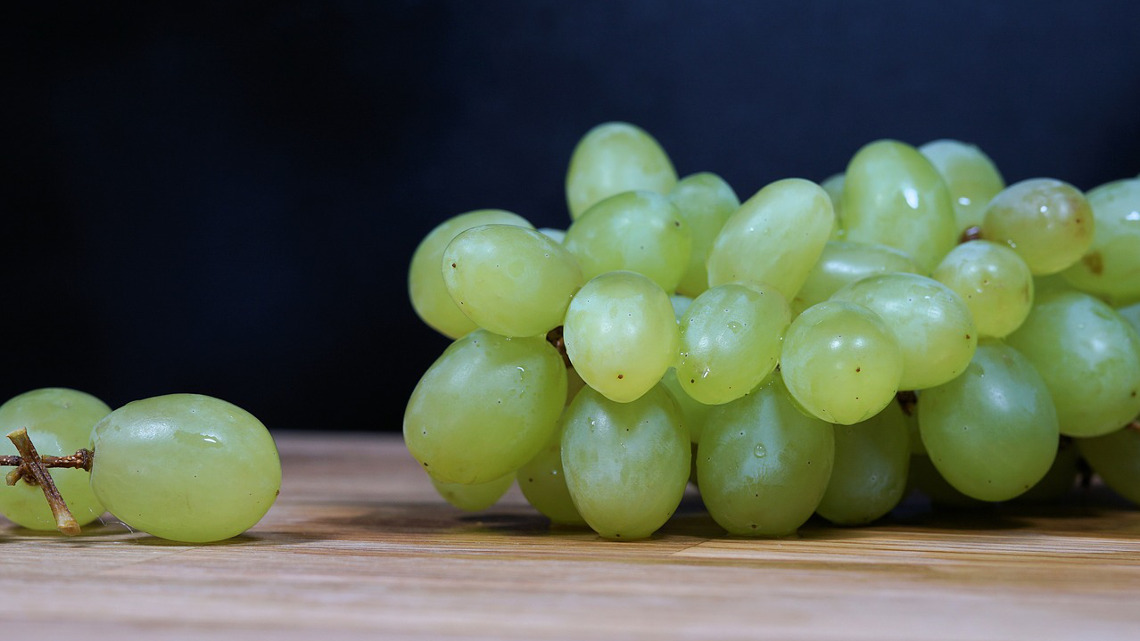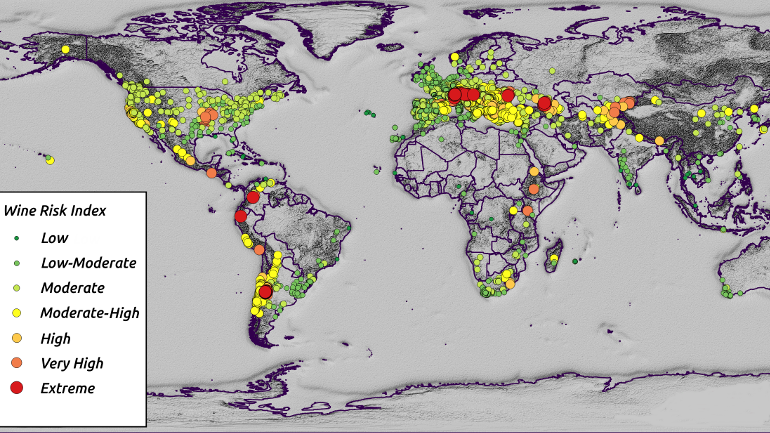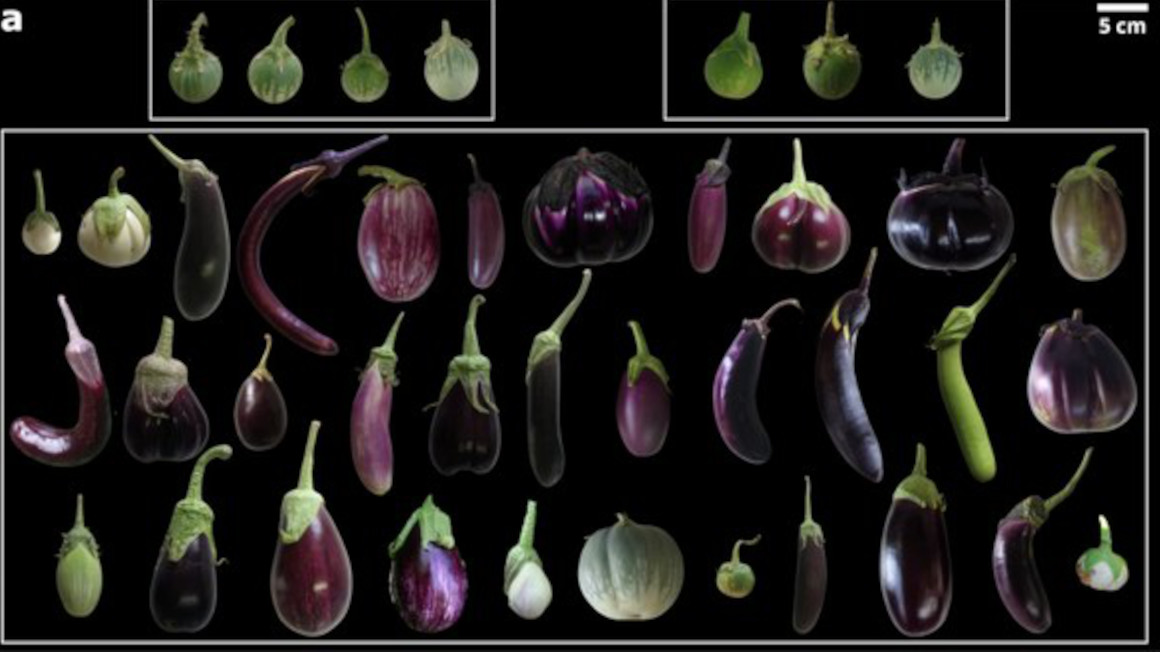Wineries will have to move due to extreme weather
Global climate change is costing the wine industry billions of dollars each year. An international team of researchers established a “Global Risk Index for Wine Regions”.

Global warming and the climate change have many negative consequences for the environment and for agriculture. The wine industry has been suffering a lot over the recent years due to extreme weather occurrences like storms and hail. An international team consisting of researchers spanning multiple disciplines and including James Daniell at the Karlsruhe Institute of Technology (KIT) is analyzing, which areas are affected most by climate change and how wine cultivation areas may have to change in the future.
Wineries worldwide are at risk
On a global scale there are no wine cultivation areas that are not endangered by extreme weather or natural disaster. The wine industry is losing a more than US$10 billion each year because of these events. In collaboration with several Australian and British colleagues, as well as with the Karlsruhe-based company Risklayer GmbH, Daniell established a “Global Risk Index for Wine regions” that includes more than 7500 wineries in 131 countries. The researchers present their results online at WineRisk and present possible solutions for these regions. At the annual European Geosciences Union (EGU) conference in Vienna Daniell was honoured for his work with the „Early Career Scientist Award in Natural Hazards for 2017“.
The Global Risk Index for Wine Regions.

Hailstorms are destroying up to 90% of wine yield
“Cold waves and frost have a large impact”, says Daniell. Especially hailstorms are a major threat to European wineries. Traditional wine countries like France and Italy had to endure major losses over the last five years because of this. In particularly Burgundy and Piemont have lost up to 90% of their regular yields. According to Daniell, hail nets could save the crop in most cases, given a large hail event. “Cost-benefit analyses generally show that the premium wines should be the ones covered by hail nets, with insurance or other cheaper methods used for other wines.”
Several earthquakes have also shaken especially Italy of the last few years – events like these are also considered in the global risk index.
Wineries will have to move to adjust to climate change
Researchers expect that wine-growing regions will shift due to global warming. In that sense climate change has both negative and positive consequences on wine regions - some regional wines may in fact benefit from warmer climate and thus improve on quality, for instance in the UK or Canada. Thinking more long-term however, wine farmers will have to adjust to the climate change by changing grape varieties or harvest times. Moreover, they will benefit from new grape strains and innovative technologies to optimize production and to overcome extreme weather events.
Currently and despite all of these hazards, the wine industry continues to grow and diversify. “Through detailed natural hazard analysis, research can help winemakers and governments alike to prepare adequately for the natural hazards that they face and to reduce losses”, says Daniell.
jmr


